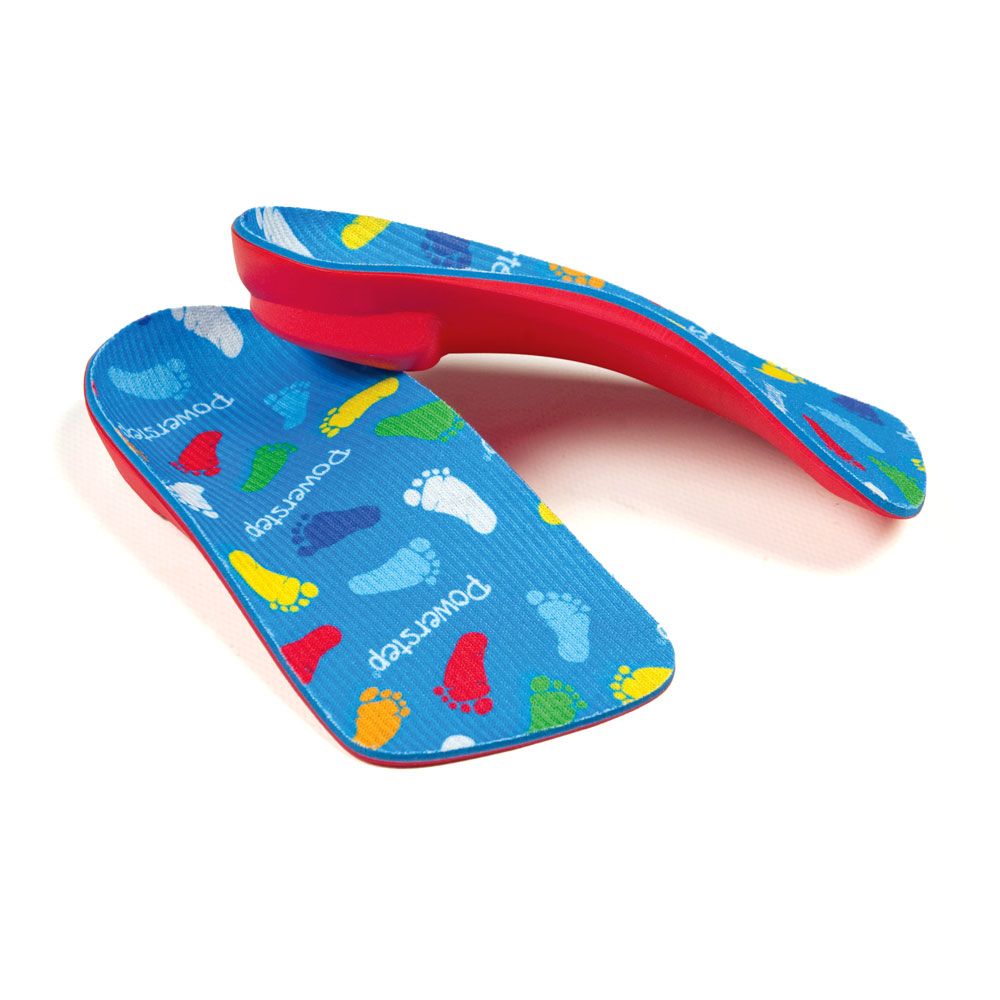Foot orthotics.
Orthotics—comprising a specially fitted insert for the insole or footbed, and providing support for the foot only—are often used as arch support, Pes planus,etc.


Lower & Upper Limb Extremity Orthoses
Orthotics <origin=”Greek language”> Greek: “Ortho”, to straighten or align) is a specialty within the medical field concerned with the design, manufactures and application of orthoses. An orthosis is an orthopedic device that supports or corrects the function of a limb or the torso. An orthopedic brace, “appliance”, or simply brace is an orthopedic device used to:
It combines disciplines of study within the health and physical sciences; mathematics and materials engineering, gait analysis, anatomy and physiology, pathophysiology, biomechanics and psychology contribute to the work of orthotists (professionals in the field of orthotics). Patients benefiting from an orthosis have sustained a physical impairment such as a stroke, spinal cord injury or a congenital abnormality like spina bifida or cerebral palsy. Corrective shoe inserts are popularly known as orthotics. Certified pedorthic practitioners (known as pedorthists) are specialists in foot orthotics (pedorthics).
An orthosis is intended to mechanically compensate for a pathological condition. Contact one of our locations nearest you to learn more about our products and services.
Foot orthotics.
Orthotics—comprising a specially fitted insert for the insole or footbed, and providing support for the foot only—are often used as arch support, Pes planus,etc.


Ankle-foot orthoses (AFOs) are orthoses or braces (usually plastic), encompassing the ankle joint and all (or part) of the foot. AFOs are externally applied and intended to control position and motion of the ankle, compensate for weakness, or correct deformities.[9] They control the ankle directly, and can be designed to control the knee joint indirectly as well.[9] AFOs are commonly used in the treatment of disorders affecting muscle function such as stroke, spinal cord injury, muscular dystrophy, cerebral palsy, polio, multiple sclerosis and peripheral neuropathy. AFOs can be used to support wasted limbs, or to position a limb with contracted muscles into a more normal position. They are also used to immobilize the ankle and lower leg in the presence of arthritis or fracture, and to correct foot drop; an AFO is also known as a foot-drop brace.
An AFO is generally constructed of lightweight polypropylene-based plastic in the shape of an “L”, with the upright portion behind the calf and the lower portion running under the foot. They are attached to the calf with a strap, and are made to fit inside accommodative shoes. The unbroken “L” shape of some designs provides rigidity, while other designs (with a jointed ankle) provide different types of control.